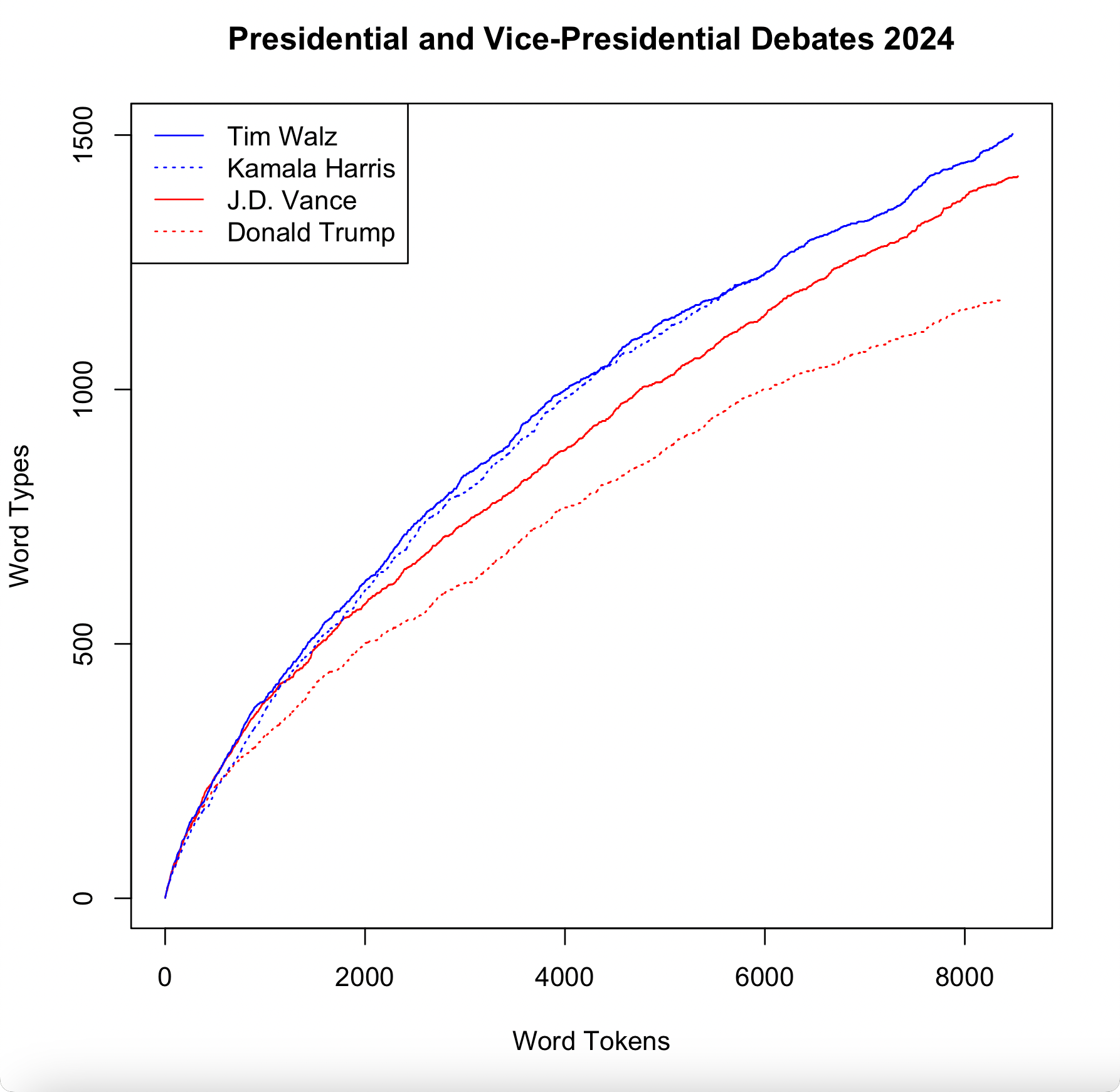PIE *g’enH1 and *gʷenH2 as cognates ("king" and "queen")
[This is a guest post by German Dziebel, commenting on "PIE *gene- *gwen-" (8/10/23).]
I will strike a dissenting note here. The two roots in question – *g’enH1 and *gʷenH2 are likely cognates. There seems to be a non-random distribution of palatalized and labialized velars in IE stems with nasals – palatovelars are favored in stems with m, while labiovelars are favored in stems with n. E.g.,
nGʷ roots: *nogʷno- 'naked', *nogʷt- 'night', *snoigʷho- 'snow', *h₂ongʷo- 'anoint', *h1ngwni- 'fire', *negʷhro- 'kidney', *gʷenh₂ 'wife', *kʷoino- 'price', *penkʷe- '5', *h₁lengʷʰ- 'light', *gʷʰen- 'slay, strike', *sengʷh- 'sing', *neigʷ- 'wash'
vs.
mG'-roots: *H3moiǵhlo- (assimilated to njegull(ë) in Gheg Alb), *meǵh₂s 'great', *meh₂ǵ- 'smear, anoint', *ǵheyōm 'winter', *dheǵhōm 'earth', *ḱoimo- 'household, family', *mreǵh-, *mosgho- 'brain', *h₂melǵ- 'milk', *smeḱur 'chin, beard', *deḱm̥ '10', *h1ḱm̥tóm '100' *h₂émǵʰu- 'narrow' (Hitt hamenk- 'tie, bind').
Read the rest of this entry »



